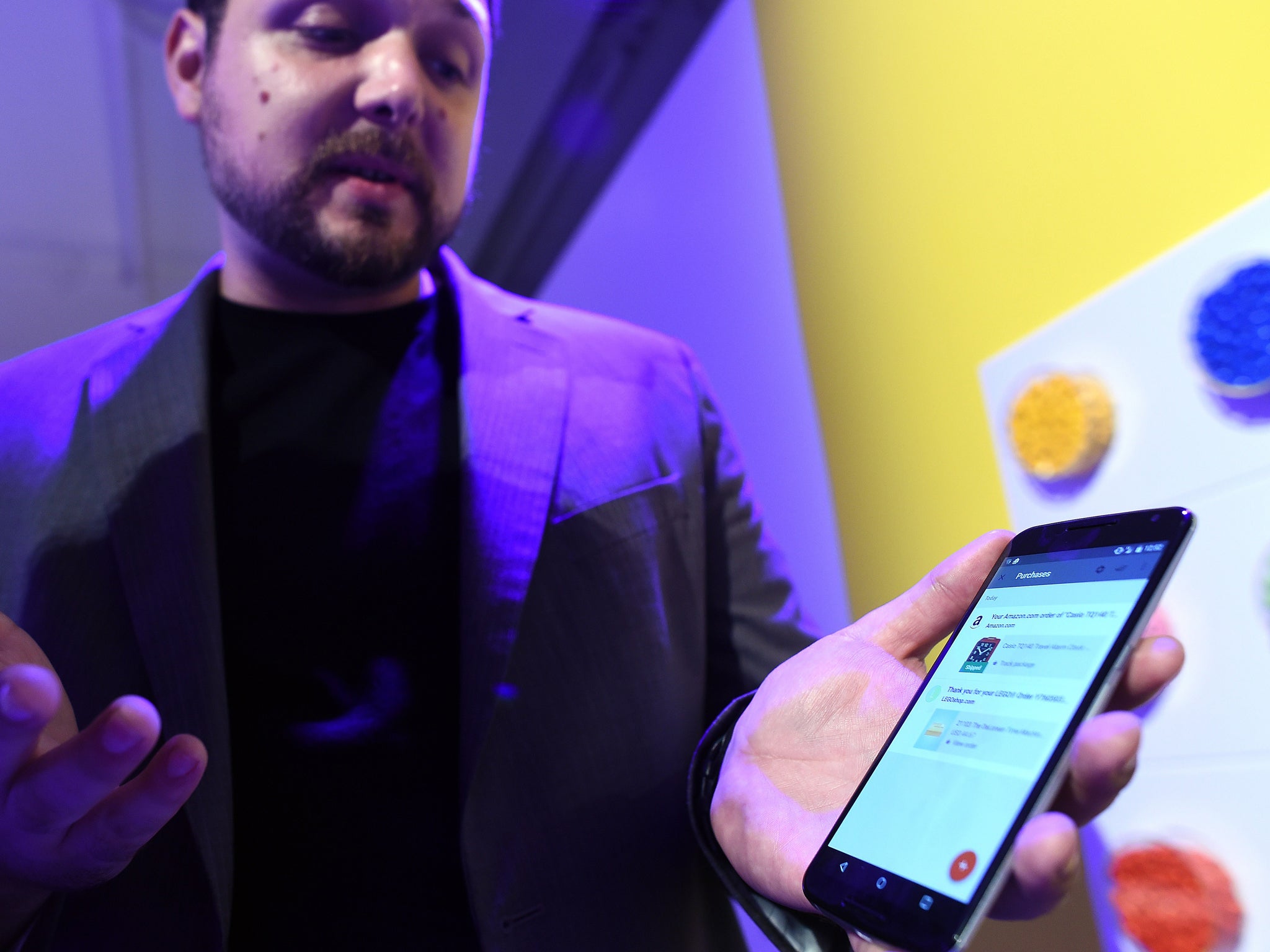Android lock patterns are highly predictable, could give people access to phones
Like normal passwords, people tend to choose very obvious patterns, research finds

Your support helps us to tell the story
From reproductive rights to climate change to Big Tech, The Independent is on the ground when the story is developing. Whether it's investigating the financials of Elon Musk's pro-Trump PAC or producing our latest documentary, 'The A Word', which shines a light on the American women fighting for reproductive rights, we know how important it is to parse out the facts from the messaging.
At such a critical moment in US history, we need reporters on the ground. Your donation allows us to keep sending journalists to speak to both sides of the story.
The Independent is trusted by Americans across the entire political spectrum. And unlike many other quality news outlets, we choose not to lock Americans out of our reporting and analysis with paywalls. We believe quality journalism should be available to everyone, paid for by those who can afford it.
Your support makes all the difference.The lock patterns that keep Android phones secure are mostly very easy to guess, new research has found.
Rather than using traditional passcodes or passwords, Android phones let people draw a pattern between nine different “nodes” that are shown on the screen. It’s intended to make the codes easier to input and harder to guess — but people are liable to the exact same mistakes as with their passwords, research has found.
Despite there being nearly 400,000 possible combinations of codes, an analysis by Martle Løge of the Norwegian University of Science and Technology of 4,000 of them found that they largely bore huge similarities.
Of those studied, 44 per cent began in the top left corner, for instance. And 77 per cent started in one of the four corners.
Passcodes tend to be a simple swipe from the left side to the right side, or from top to bottom, the research found.
Users also tended to use the minimum amount of “nodes” — four — despite Android offering up to nine. Each extra node makes the pattern far more complex.
To make the patterns more secure, users should ensure that they change direction during them. They should also use as many nodes as possible and make sure that the patterns are more complex.
The weak patterns are similar to the weaknesses found in passwords, where many people tend to use “password” or “123456”. In response to that, security experts are looking to make the sign-in process less easy to crack — using webcams, fingerprints or even brain implants and swallowable computers — but all of them have their own drawbacks.
Join our commenting forum
Join thought-provoking conversations, follow other Independent readers and see their replies
Comments